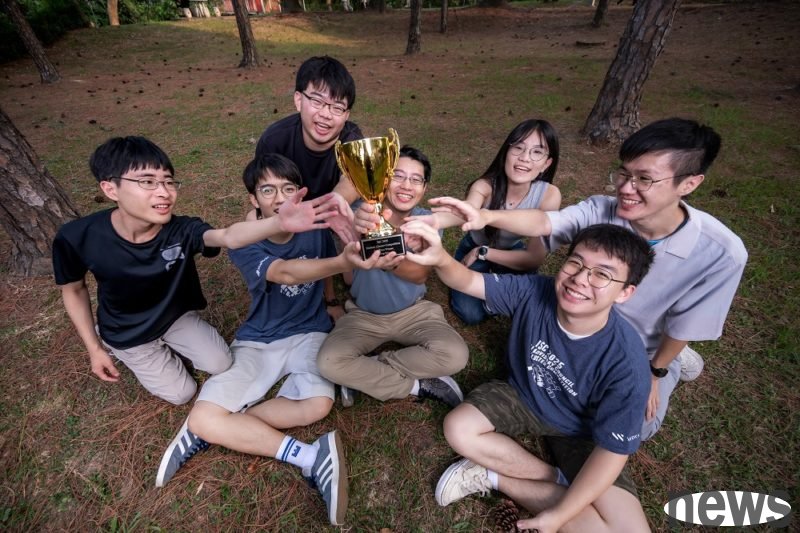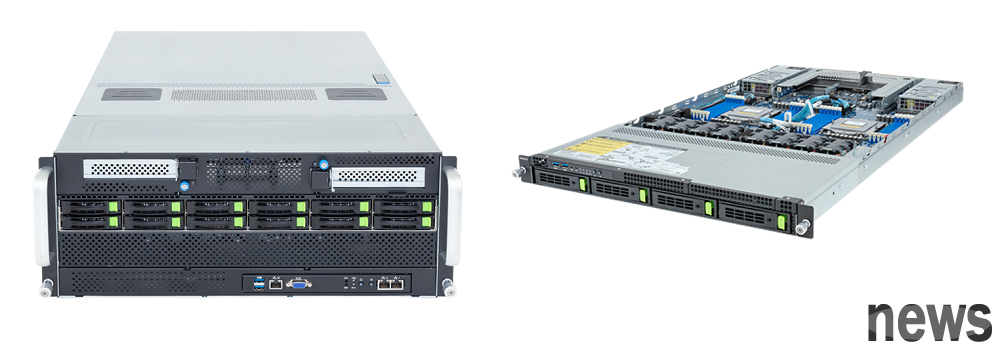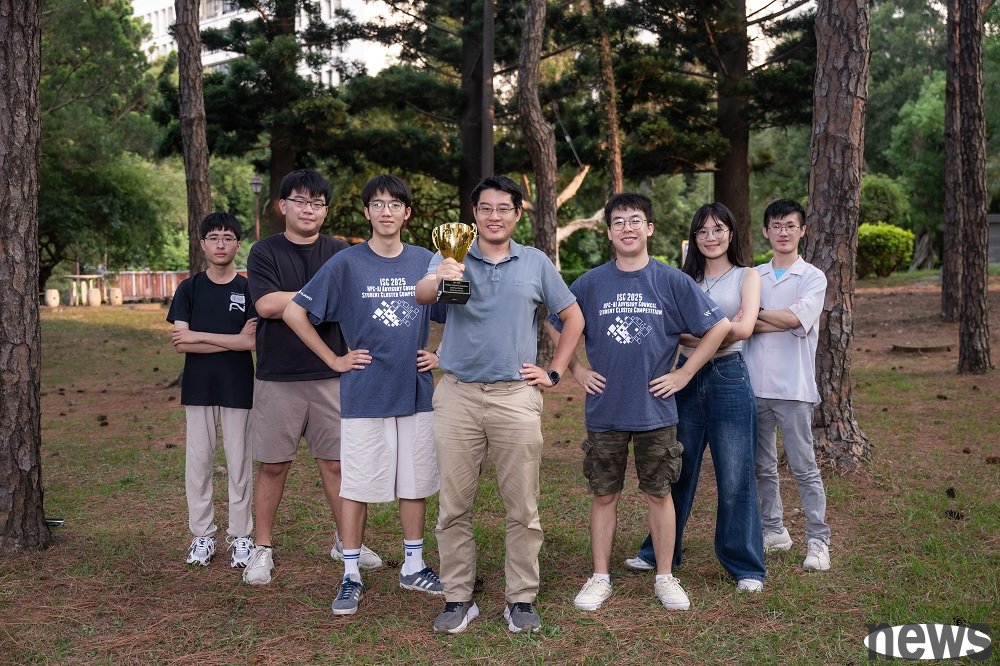
With the rush to build AI computing power infrastructure, high-performance computing (HPC) has become the focus of competition among various countries. In order to cultivate AI/HPC cross-field talents, Professor Zhou Zhiyuan from the Department of Engineering at Tsinghua University led a team of students to compete in major supercomputer competitions. This year, with the support of Jigang Technology’s software and hardware resources and professional technology, it once again won the second place in the 2025 ISC European Supercomputer Competition.
The German ISC, the American SCC and the Chinese ASC are also known as the world's three major supercomputer competitions, providing a platform for college students to demonstrate their comprehensive strength in software and hardware such as solving real-world problems, and to promote exchanges and learning.
Professor Zhou Zhiyuan, who has been deeply involved in the field of distributed computing and high-performance computing for many years and has worked at Lawrence Berkeley National Laboratory in the United States, said that the ISC competition requires students to assemble small supercomputers by themselves to perform AI and scientific computing applications and maximize performance under the 6000-watt power consumption limit. Contestants need to demonstrate system construction experience from underlying hardware to upper-level software, as well as performance optimization and power control skills. Compared with traditional courses, contestants must start from solving practical problems and judge the necessary skills that need to be learned.
In order to form a participating team, Zhou Zhiyuan opened an HPC basic knowledge course in the Department of Engineering, using the experiential learning method of simulated competitions to improve efficiency. The competition members started training in January of the previous year, and first participated in the Taiwan National Net Cup and Singapore HPC-AI competition in 2024, and won the HPC-AI competition.
The topics of this ISC competition span scientific application fields such as earthquake simulation, fluid mechanics, and nanomaterials. Zhou Zhiyuan emphasized that since students from the engineering department have not been exposed to these scientific fields, the team needs students from other departments to join in the collaboration. This year’s captain is Sheng Erwei from the Department of Chemical Engineering. In addition to Ji Guanyu from the bachelor’s class, the team members include Lu Xuanyang, Ye Youchen, Lin Zhiyi, and Lin Weisheng, all students from the Department of Engineering. The other two student coaches are seniors from the Department of Engineering Lin Zhanyi and Xie Dongyu who participated in last year’s competition.
The HPC node test of Jisteel has been started before the competition, and a winning strategy for resource allocation has been formulated in advance.Tsinghua University’s engineering team won the ISC runner-up last year. This year’s two student coaches were members of last year’s competition and can provide valuable experience in competition rules, installation procedures, and on-the-spot contingency.
Three months before the competition, the HPC nodes provided by Jigang Technology have been shipped to the school computer room for the team to test and adjust. In the HPL Benchmark test, the team successfully pushed the execution wattage into the limit range and increased the TFLOPS floating point operation value by adjusting the GPU thermal design power (TDP), CPU frequency and system fan speed.
In response to the problem of AI fine-tuning, the team uses the open source automatic parameter tuning tool Optuna to help solve the problem. The team appreciates the excellent performance provided by Gigabyte servers paired with NVIDIA H200 GPUs, which allows them to focus on adjusting data and model characteristics. Through pre-match drills, simulate the response methods of each level in advance, and formulate response strategies for performance adjustment, power resources, and time allocation.
The combination of NVIDIA H200 NVL and AMD EPYC™ 9655 perfectly demonstrates the best-in-class configuration of performance and energy consumptionThe biggest difference in this year’s competition question is that HPCC, which relies on computing power, is changed to IO500, which requires breaking through the “I/O” bottleneck. In addition, the GPU demand for application questions has increased significantly, making it more difficult to allocate GPU computing resources in a timely manner under the 6kW power consumption limit during competitions. This year, the combat weapons provided by Jigang Technology have been fully upgraded in terms of GPU, evolving from last year's NVIDIA H100 NVL to 8 NVIDIA H200 NVL.
HPC application performance tuning topics in this year’s competition include seismic simulation with SeisSol, computational fluid dynamics (CFD) with code_saturne, nanoscale material simulation with OpenMX, and LLM parameter tuning with LLaMA 3.1 8B. The secret topic announced on the last day is to run the LAMMPS molecular dynamics simulation software. Each topic has different challenges. Taking LLaMA fine-tuning as an example, it combines HPC and AI features and also challenges the team's ability to make the best trade-off between performance and accuracy in a short period of time. The Tsinghua University team achieved second place in all questions with excellent hardware and software resource allocation.
In addition to providing the hardware equipment and technical support required for the event, Jigang Technology also provides various assistance such as system troubleshooting, equipment tracking and transportation before and after the competition.
After discussing the competition requirements, Gigabyte Technology provided the team with Gigabyte G494-ZB4-AAP2 servers and R183-Z90-AAD1 rack servers. The former is pre-installed with 8 NVIDIA H200 NVLs. Compared with H100 NVL, H200 provides 1.5 times the memory capacity, 1.4 times the memory bandwidth, 3 times the NVIDIA NVLink™ interconnect bandwidth, 1.7 times the LLM inference speed and 1.3 times the HPC application performance. It has already gained advantages under the intense demand for GPUs in various topics this year.

▲ From left to right are GIGABYTE G494-ZB4-AAP2 server and R183-Z90-AAD1 rack server (Source: GIGABYTE)
Both servers are equipped with two AMD EPYC 9005 series top-of-the-line 192-core EPYC 9655 processors in terms of CPU.. The team pointed out that the low power consumption of EPYC 9655 allows the team to flexibly adjust and configure the optimal power consumption combination of each component under each question, and presents excellent performance suitable for various examination questions under the 6kW limit.
For cross-node interconnection, both machines use NVIDIA ConnectX®-7 network cards that support dual-port 200Gb connections and are compatible with InfiniBand and Ethernet protocols. During the competition, they also used NVIDIA Mellanox QM8700 switches, which provide up to 40 ports and a full bidirectional bandwidth of 200Gb per second per port.
Memory and hard disk play a key role in supporting optimal performance in competitions. Both servers support 12 5200MT/s DDR5 memory channels and are equipped with Micron DDR5 6400 memory to provide high bandwidth support. Among them, G494-ZB4-AAP2 has 4 slots per channel, a total of 48 DIMM slots, and provides 12 2.5-inch hot-swappable hard drive slots; R183-Z90-AAD1 has 2 slots per channel, a total of 24 DIMM slots, and is equipped with 4 3.5-inch/2.5-inch hard drive slots. The team was able to install 12 Solidigm SSDs to complete the IO performance tuning of the IO500 and achieve excellent performance.
In addition to the flexible allocation of powerful hardware resources, it is particularly important to use techniques such as controlling fan speed and processor operating clock during competitions. The students used the experience accumulated by their predecessors to effectively prevent the system from overheating or power instability. The software and hardware worked closely with the participating students to compose a beautiful chapter for the competition.
Establish the best cooperation model between industry and academia, and create a new talent cultivation mechanism through competitionsThere are many factors for the Tsinghua University team to win the second place. The smooth operation of software and hardware ensured the fundamentals of the competition. Tracing back to the basics, Professor Zhou Zhiyuan’s HPC course, coupled with the mentality inherited by former team members, has accumulated rich strength among the team members.
A clear division of labor strategy also plays a key role. The team requires at least two people to communicate and collaborate on each question, and records the implementation process in detail and transparently so that others can take over at any time. Through good communication habits, advance scheduling and effective use of fragmented time, they can make the best allocation of resources for different topics in a tight time.
Looking forward to the future, Zhou Zhiyuan said that he will continue to guide students to improve their high-performance computing knowledge and technology. Jigang Technology and Tsinghua University communicate with each other through competitions to continue to maximize cross-field experience results and the benefits of industry-university cooperation. The cooperation between the two parties not only cultivates high-performance computing and system software development talents in Taiwan, but also allows students to accumulate valuable experience in actual competitions and connect to the international stage. This achievement represents Taiwan's continued efforts and breakthroughs in the field of high-performance computing, laying a more solid foundation for future industrial development.

▲ On the left of the picture are Lu Xuanyang, Ji Guanyu, Ye Youchen, Professor Zhou Zhiyuan, Lin Weisheng, captain Sheng Erwei, and student coach Xie Dongyu (Source: Science and Technology News)